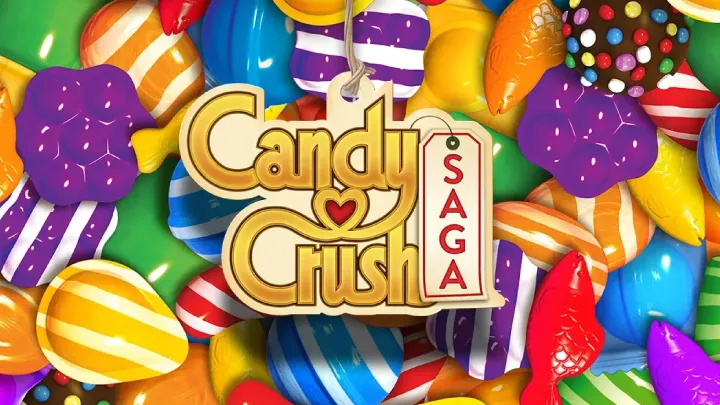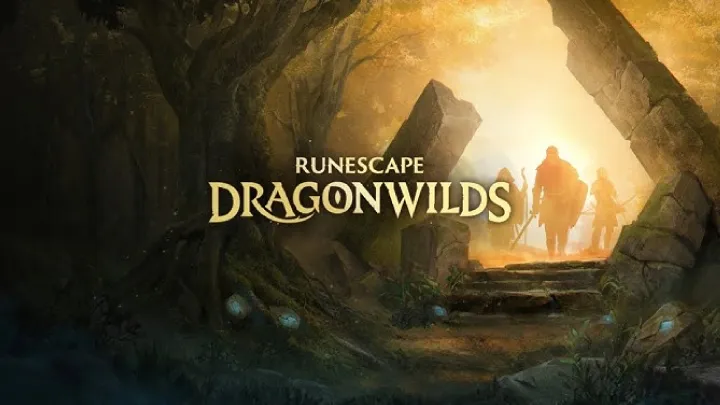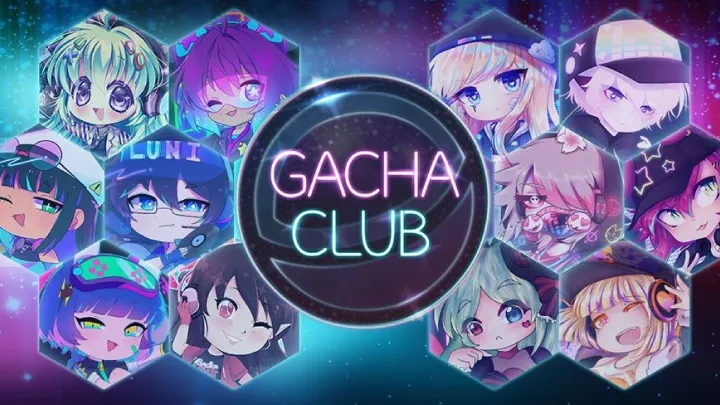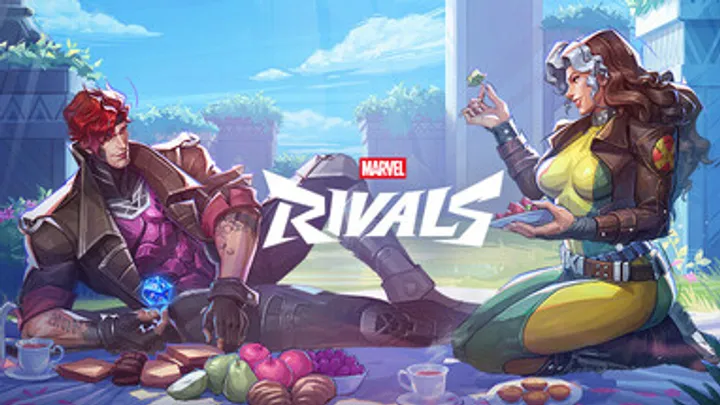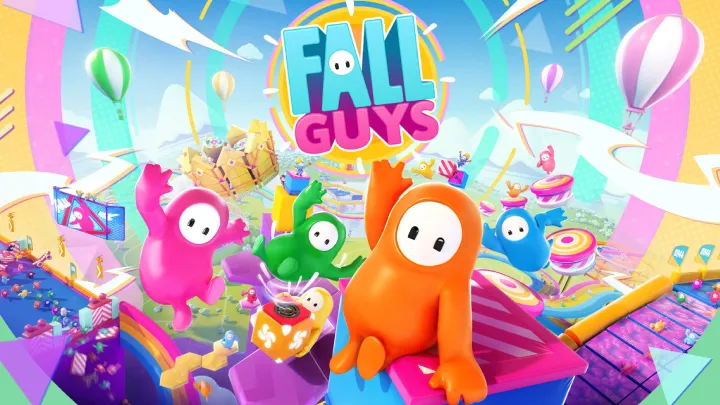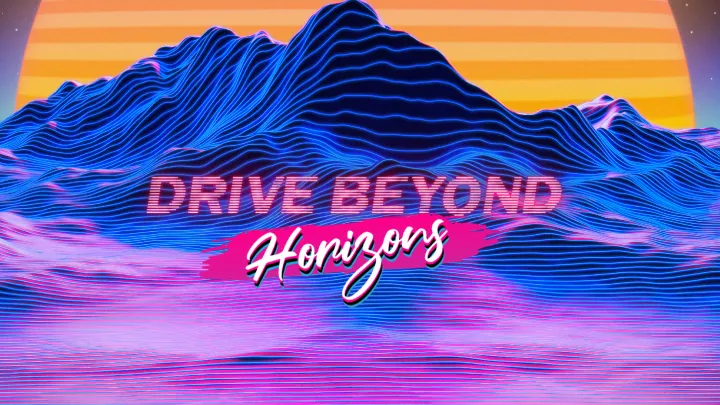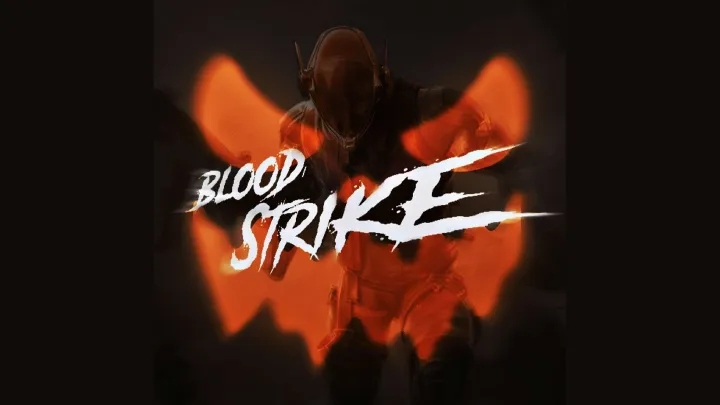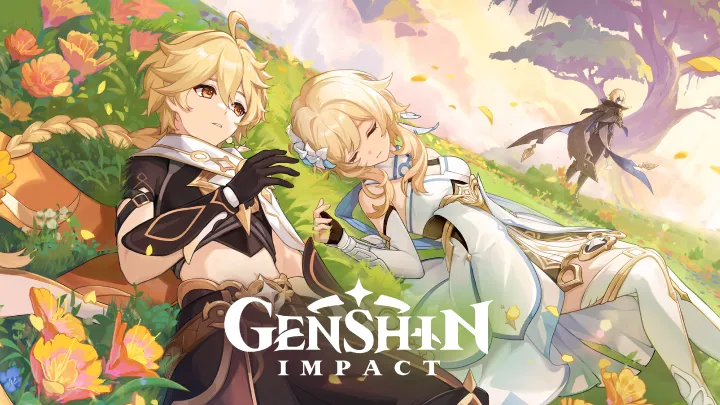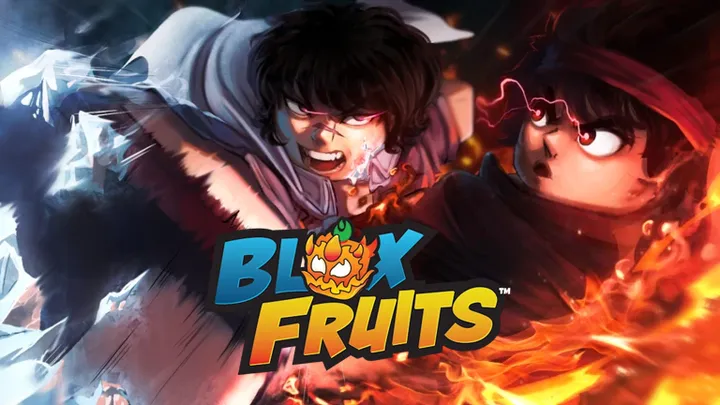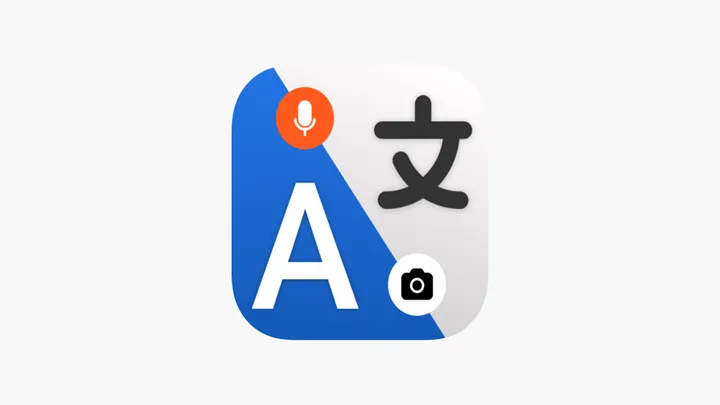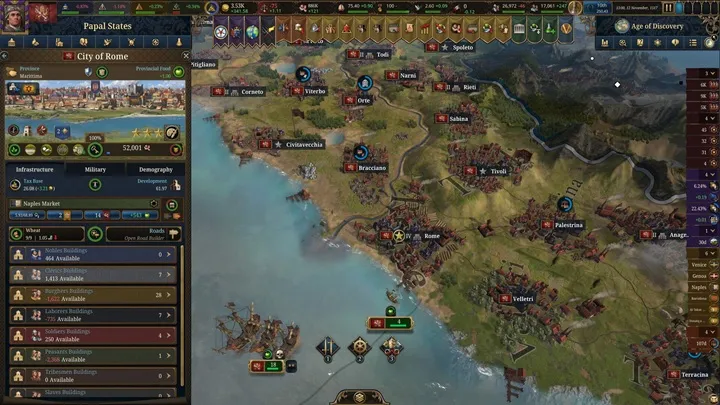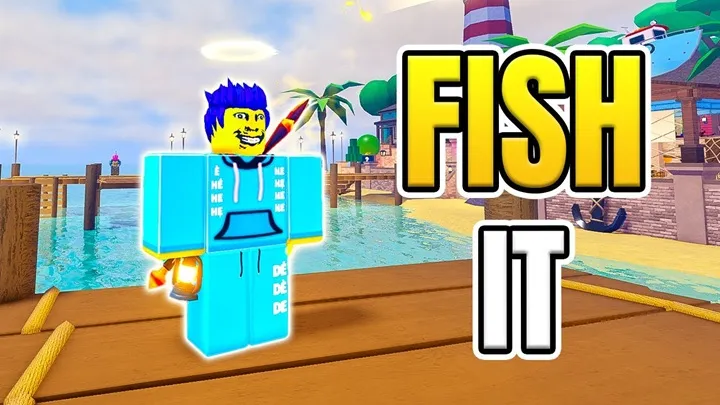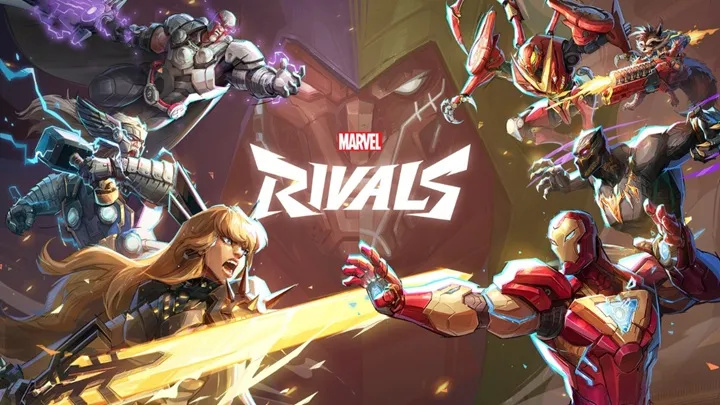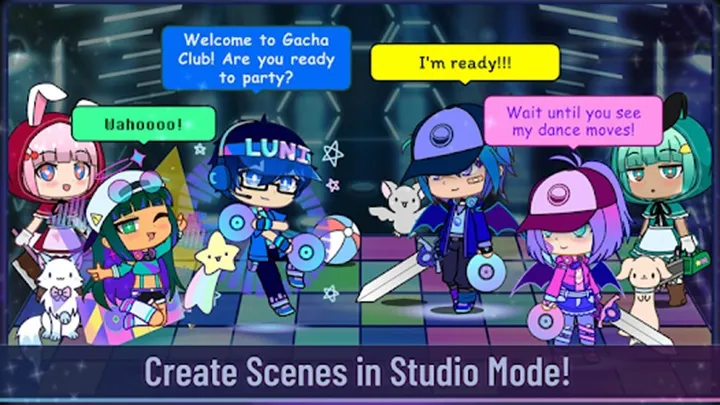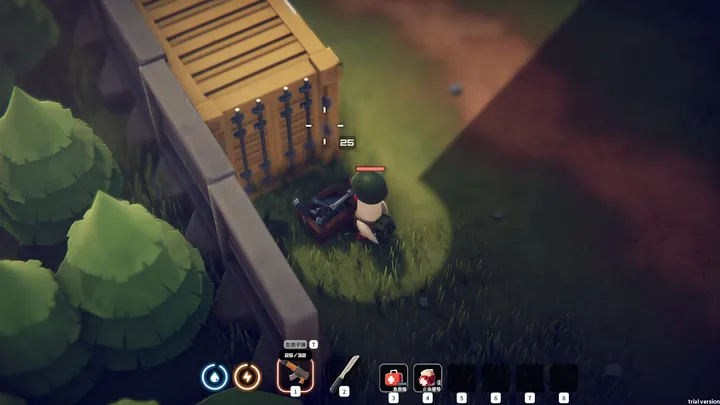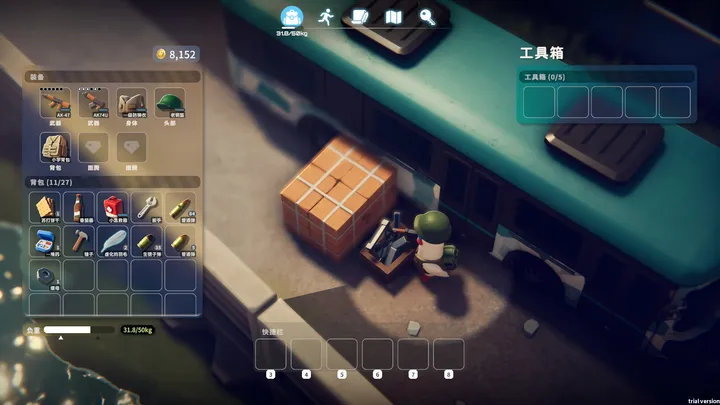Welcome to the
Alo GetApp
Your Rescue
From Boredom

TOP PICKS
VIEW ALLLATEST NEWS
VIEW ALLBEST FOR YOUR
AMAZING NEWS
EDITOR'S ADVICE
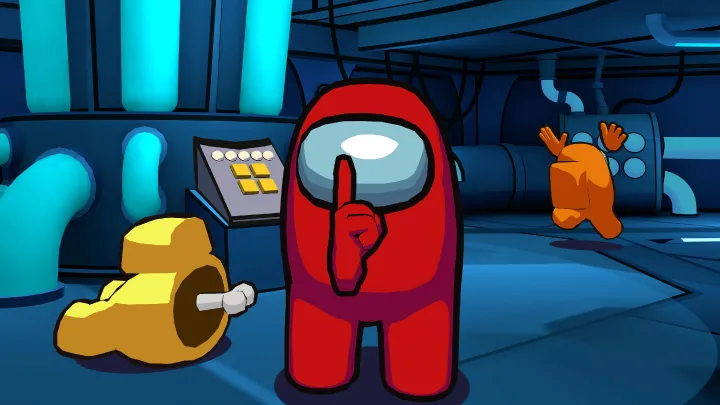
December 12, 2025
More Than a Meme: The Evolving Landscape of Among Us in Late 2025
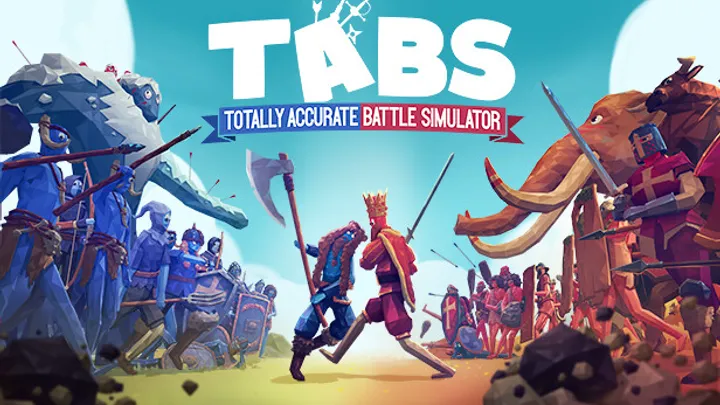
December 12, 2025
Totally Accurate Battle Simulator (TABS): Ultimate Tips & Guides for Mastering Chaos
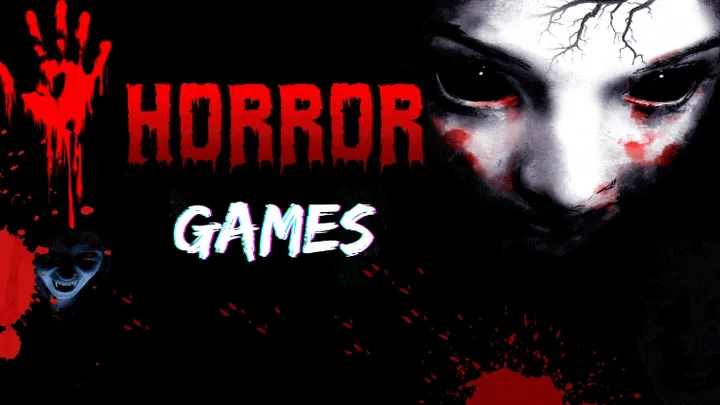
December 12, 2025
Top 5 Horror Games: A Deep Dive Into Their Hidden Design Problems Shaping Player Fear in 2025

December 12, 2025
How to Master Zenless Zone Zero: A Complete Step-by-Step Guide
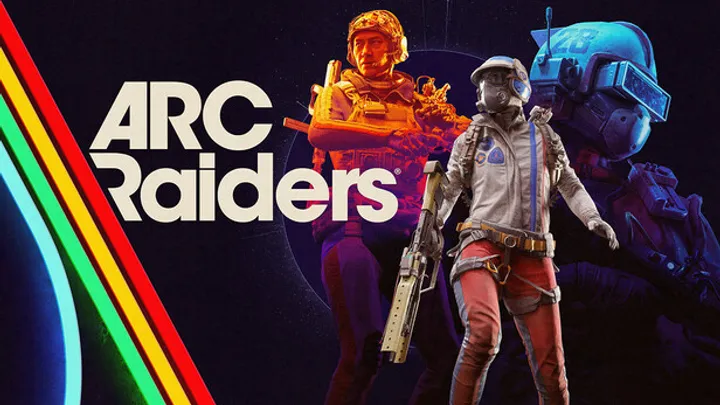
December 12, 2025
HOW TO MASTER ARC RAIDERS: A COMPLETE STEP-BY-STEP SURVIVAL & COMBAT GUIDE
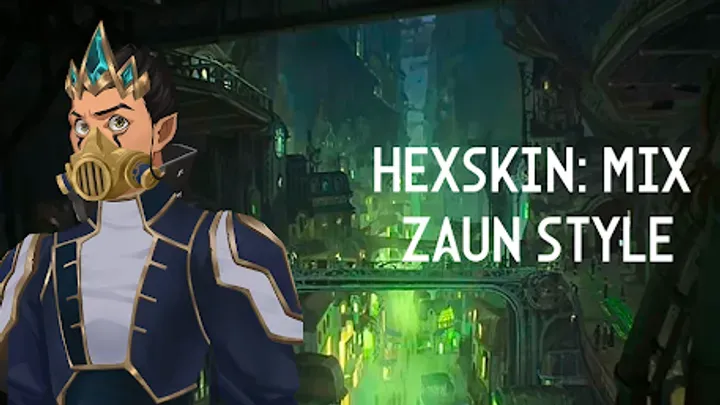
December 12, 2025
HOW TO MASTER HEXSKIN: MIX ZAUN STYLE

December 12, 2025
How to Survive Little Nightmares III: A Complete Step-by-Step Guide
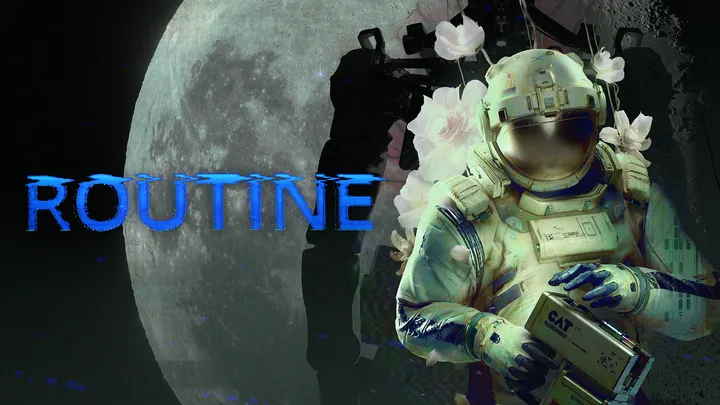
December 12, 2025
HOW TO SURVIVE, NAVIGATE, AND MASTER ROUTINE: A COMPLETE STEP-BY-STEP GUIDE
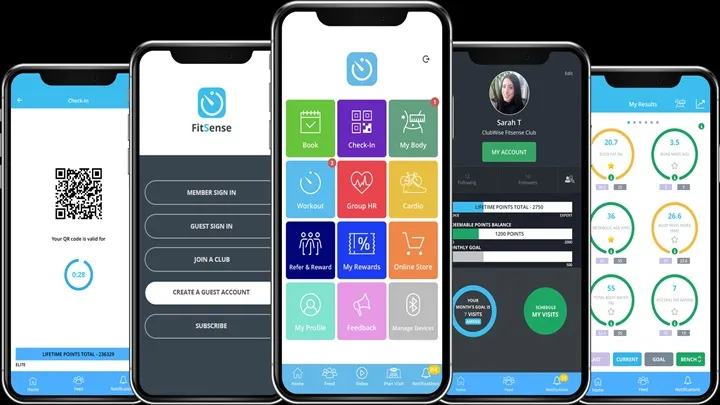
December 12, 2025
Discover the Top 5 Health Apps of 2025

December 12, 2025
Tips and Tricks to Play 1945 Air Force: Space Shooter
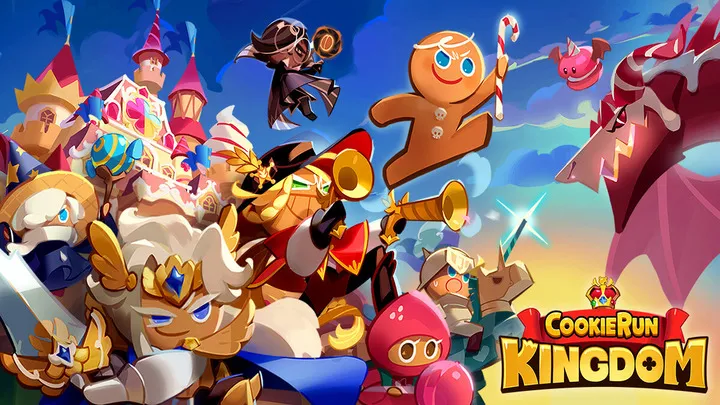
December 12, 2025
COOKIE RUN: KINGDOM – HOW TO BUILD A STRONGER KINGDOM AND A POWERFUL COOKIE TEAM
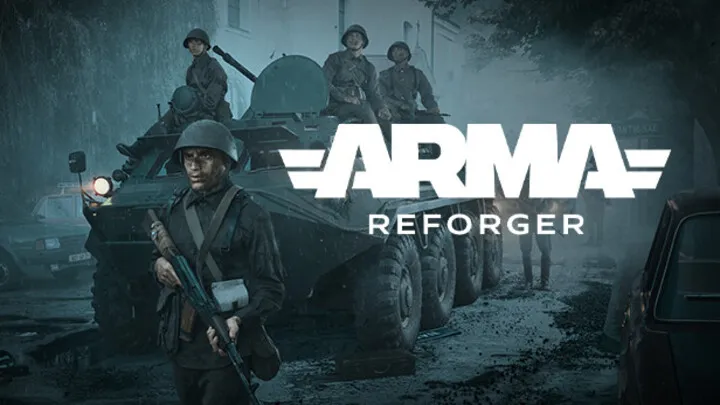
December 12, 2025
Tips and Tricks to Win in Arma Reforger
MOST POPULAR
Banana
Banana offers a refreshing and engaging gaming experience that combines charming visuals, dynamic gameplay, and a lighthearted narrative.
Marvel Rivals
Marvel Rivals presents an engaging and strategic card game experience that skillfully combines beloved characters with dynamic gameplay mechanics.
Warframe
Warframe stands as a testament to the evolution of the action genre, delivering fast-paced gameplay, deep mechanics, and an engaging narrative that resonates with players.
PUBG: BATTLEGROUNDS
PUBG: BATTLEGROUNDS remains a cornerstone of the battle royale genre, combining deep gameplay mechanics, a thriving community, and a commitment to continuous improvement.
Dota 2
Dota 2 is more than just a game; it is a profound experience that brings together strategy, teamwork, and personal expression.
Counter-Strike 2
Counter-Strike 2 stands as a worthy successor to the iconic franchise, blending refined mechanics, stunning visuals, and deep strategic gameplay to create an engaging competitive experience.
RECOMMENDS
VIEW ALL